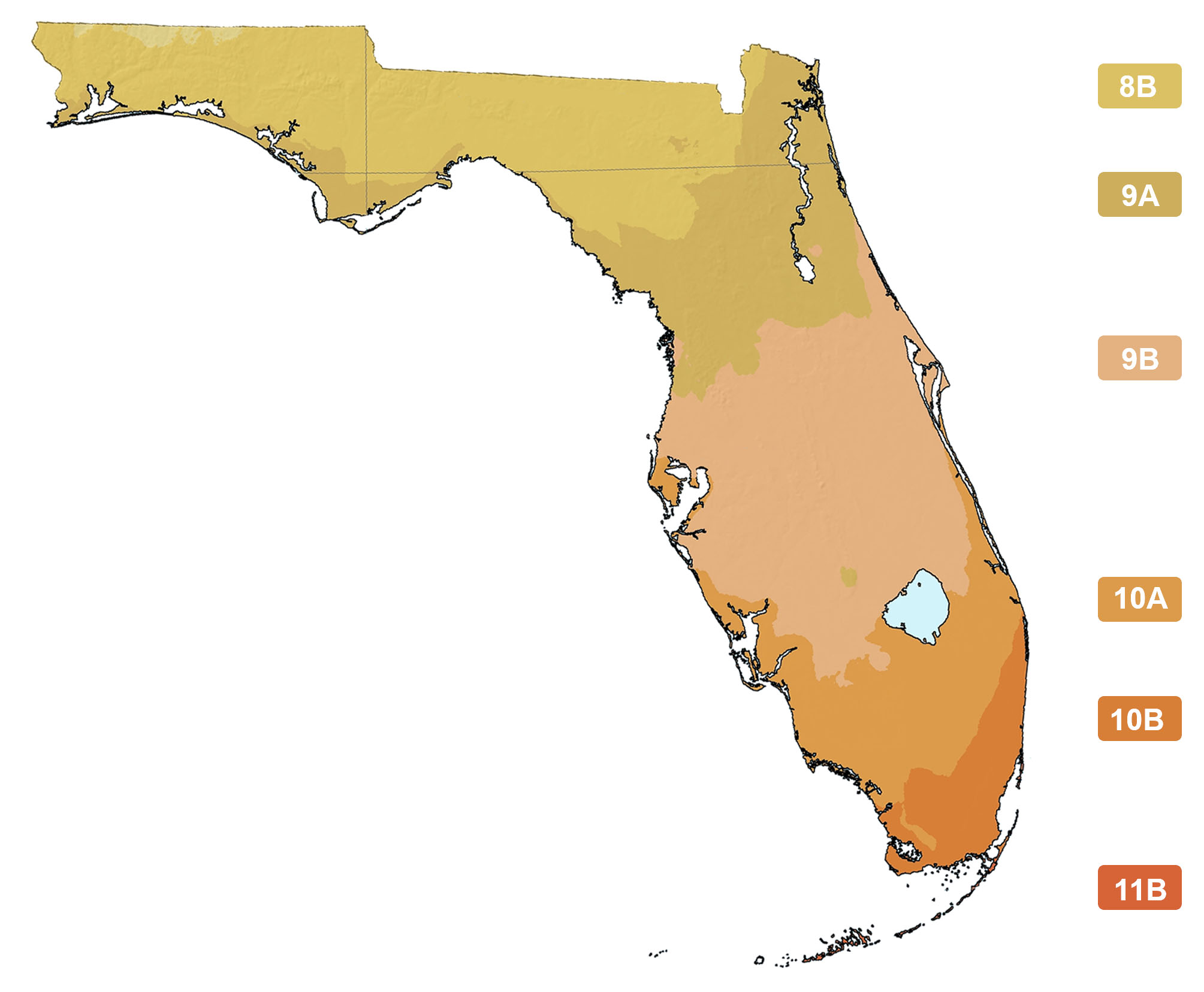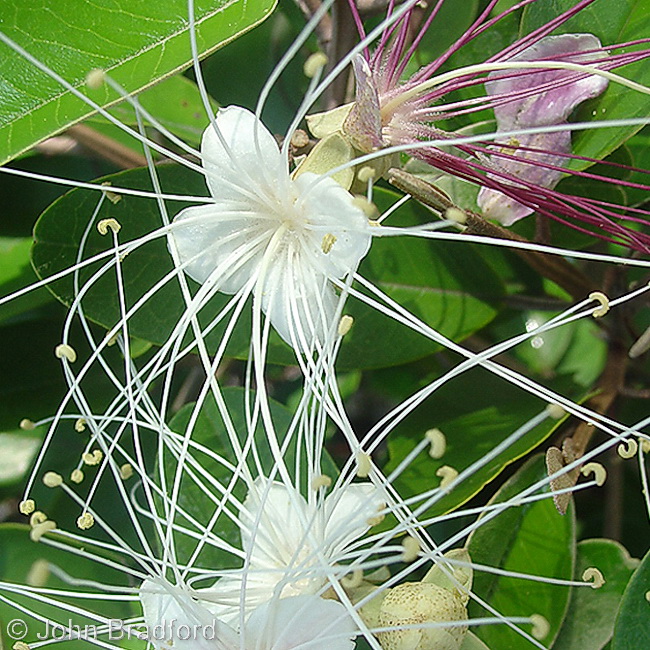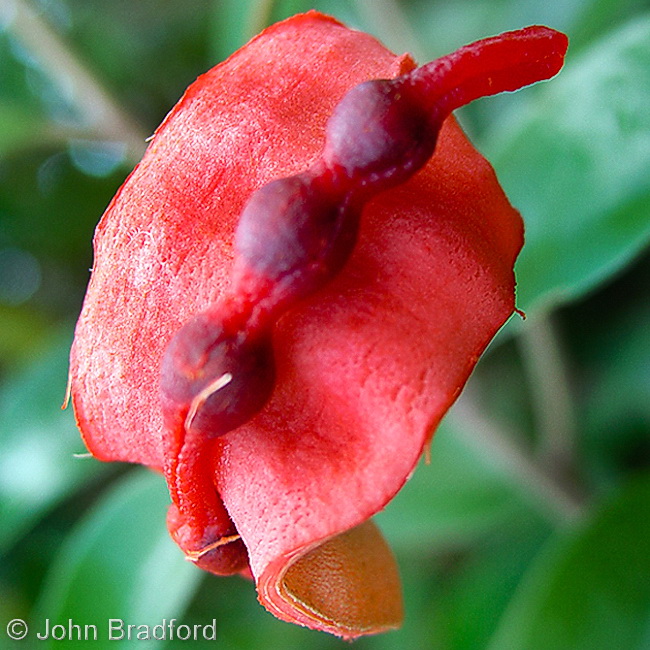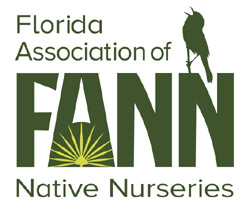Quadrella jamaicensis
Photographs belong to the photographers who allow use for FNPS purposes only. Please contact the photographer for all other uses.
Jamaica Caper-tree
Brassicaeae
Also known as Capparis cynophallophora
Plant Specifics
| Form: | Shrub | |
| Size: | 6 to 12 (18) ft tall by 6-10 ft wide | |
| Life Span: | Long-lived perennial | |
| Flower Color: | White,pink | |
| Fruit Color: | Brown | |
| Phenology: | Evergreen. Flowers spring-summer. Fruits summer-fall. Moderately long-lived (Nelson 2003) | |
| Noted for: | Showy flowers, Interesting foliage, Hurricane wind resistance |
Landscaping
| Recommended Uses: | Use as a specimen plant. Can also be used as a hedge. | ||||||||||||||||||||||||||||||||||||||||||
| Propagation: | Seed (scarification required). | ||||||||||||||||||||||||||||||||||||||||||
| Availability: | Native nurseries, FNPS plant sales, Seed | ||||||||||||||||||||||||||||||||||||||||||
| Light: | Full Sun, Part Shade | ||||||||||||||||||||||||||||||||||||||||||
| Moisture Tolerance: |
always floodedextremely dry |
||||||||||||||||||||||||||||||||||||||||||
| (Usually moist, occasional inundation ----- to ----- Very long very dry periods) | |||||||||||||||||||||||||||||||||||||||||||
| Moisture Tolerance: | Usually moist, occasional inundation ----- to ----- Very long very dry periods | ||||||||||||||||||||||||||||||||||||||||||
| Salt Water Flooding Tolerance: | Tolerant of occasional/brief inundation such as can occur in storm surges. | ||||||||||||||||||||||||||||||||||||||||||
| Salt Spray/ Salty Soil Tolerance: | Moderate. Tolerant of salty wind and may get some salt spray. Exposure to salt spray would be uncommon (major storms). | ||||||||||||||||||||||||||||||||||||||||||
| Soil or other substrate: | Humus (organic, upland), Lime rock, Sand | ||||||||||||||||||||||||||||||||||||||||||
| Soil pH: | Neutral to calcareous (high pH) | ||||||||||||||||||||||||||||||||||||||||||
Ecology
| Wildlife: |
Attracts birds | |
| Insects: | Attracts various pollinators. Larval host for Florida white (Appias drusilla) butterflies. | |
| Native Habitats: | Dry sites. Coastal hammocks. Disturbed sites. |
Distribution and Planting Zones
Natural Range in Florida
USDA Zones
Suitable to grow in:
10A 10B 11

USDA zones are based on minimum winter temperatures
Comments
| General Comments: | Flowers open white and rapidly turn pink. |





